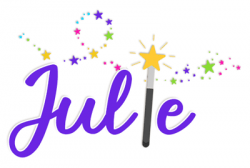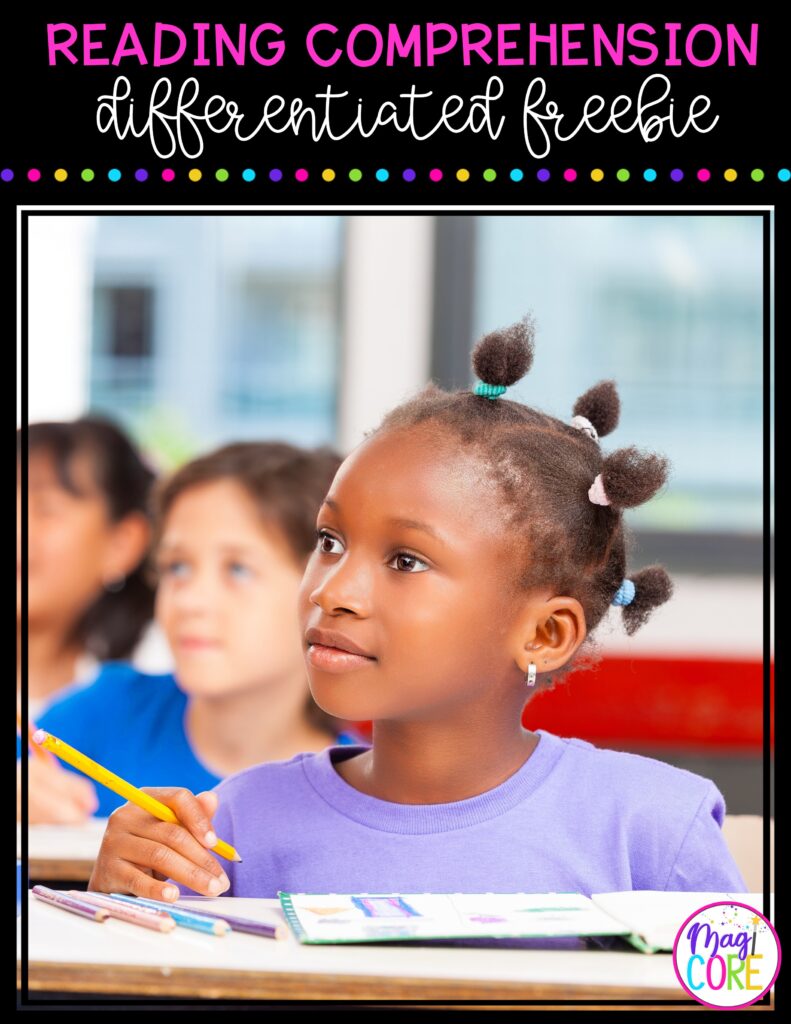Literature circles can be an effective teaching tool because they help get students excited about reading. Here are some suggestions for implementing effective and engaging literature circles that you can use in your classroom.
Literature circles are small groups of students who gather regularly to discuss a book in depth. The purpose of literature circles is to provide true-to-life reading experiences for students so they can get excited about books, authors, and self-selecting text.
With the overall purpose in mind, teachers should work towards the goal of student independence. Eventually, the goal is for students to self-select books, voluntarily participate, and discuss books on their own time at their discretion. However, students need to be taught how to develop independence, and this resource will help you and your students begin.
| Move From This -> -> -> | To This |
| Teacher or text centered | Student centered |
| Groups formed by reading level | Groups formed by book choice |
| Assignments mandated by teacher | Assignments agreed upon by group members |
| Teacher or book-specific questions | Student-generated thoughts and questions |
| Isolated skills-based | Meaningful context |
| Round-Robin reading | Independent reading assignments |
| Structured | Fluid |
| Mandated jobs or roles | Everyone equally participating based on internal motivation. |
| Quizzes or tests to check comprehension. | Meaningful discussion to check comprehension. |
Often, literature circles are saved for upper elementary through middle school. While fourth grade and up is ideal for literature circles, I recommend implementing modified versions as early as second grade. Once students are able to read chapter books independently, they are ready to learn how to participate in a literature circle. That’s not to say you cannot start with picture books even sooner.
Keep in mind, students should not be actually reading the text together round-robin style. They should be reading independently and discussing later.
Begin with a book that is short and attainable, reading-level wise, for all group participants.
If it is your students’ first exposure to literature circles in your classroom, I recommend beginning with Literature Circle Roles. Roles help students stay accountable while also ensuring no one is “left behind.” Roles also help students learn the importance of every member’s participation. I recommend reviewing all roles with the group, then allowing the group to select the roles they would like. As students have more experience, move away from structured roles and allow students to participate organically.
Initially, you need systems in place for the teacher to hold group members accountable to complete literature circle assignments. I recommend beginning with participation rubrics and a Literature Circle Journal. When creating the rubric, have students help you. You can use the structured journal I have provided, or have students write open entries in a lined notebook. Eventually, as groups become more self-motivated and independent, move towards the latter.
Give students choice in projects they create to share with the class. Projects should draw on student talents and arts. Projects should not be drawn out and in-depth but should be a form of celebration for finishing their book and developing excitement about the book among fellow students. This is a great time to practice speaking, listening, and presentation skills!
| Problem | Solution |
| Students are not completing agreed upon assignments. | Students do not get to participate in their group until they are “caught up.” They must go read independently while their group meets. |
| Students argue about “roles.” | This is natural. I typically try to let them work it out. Only intervene if absolutely necessary. |
| One group member is too “bossy.” | Have a private discussion with the group member about the importance of listening over speaking. |
| Particular students are not participating in discussion. | Encourage other group members to ask ALL individuals questions and ideas. |
| Students are having difficulty reading the text. | Provide an option to listen to the book on audio. |
One way to ensure all students are participating and being a leader within each literature circle is to assign roles. When literature circles were new to my students, I always began with very specific roles. But as students become accustomed to literature circles, especially in upper grades, I would try to move away from these roles. After all, in “real life” book clubs, people do not necessarily perform one single role. The goal should be for all students to genuinely participate and provide input.
There are a variety of ideas for literacy center roles, but I like to keep our short and simple. We used a summarizer, discussion director, word wizard, and assignment director, but there are a few other roles I would use if group size needed more. You can find out more about my literature circle roles and access these fun role accountability bookmarks here.

We strive to create resources that empower teachers and transform student success. We create skill-focused resources that promote critical thinking, enhance student engagement, and incorporate diversity. Our goal is to develop the tools teachers need to reach their students and foster a lifetime of learning.

